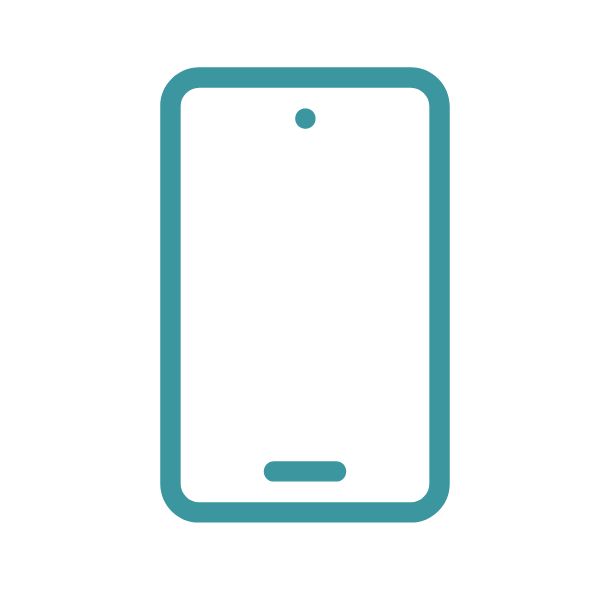The Evolution of Technology in the Medical Profession: Past, Present, and Future
Technology has always played a pivotal role in advancing the medical profession, enhancing efficiency, accuracy, and patient care. Over the past decade, we have witnessed a dramatic transformation, particularly in the integration of touchscreens, embedded computing, power supplies, and digital systems in healthcare. From where we were 10 years ago to where we stand today—and what we can expect in the future—technology continues to redefine how medical professionals operate and interact with patients.
A Decade Ago: The Rise of Touchscreen Technology in Healthcare
Ten years ago, the presence of touchscreen technology in the medical field was limited primarily to small-scale devices like tablets and early-generation electronic medical record (EMR) systems. Hospitals were beginning to transition from paper-based records to digital platforms, but many processes were still manual. Nurses and doctors used tablets or small touch-enabled kiosks to input patient data, reducing paperwork but still requiring significant hands-on effort.
While touchscreens made accessing patient data easier, the information remained scattered across multiple platforms. A doctor would still need to manually retrieve patient information, update treatment plans, and coordinate with various departments. The idea of seamless, real-time data access at a glance was still a concept rather than a reality.
Today: Large Interactive Displays, Embedded Computing, and Advanced Power Supplies Streamlining Patient Management
Fast forward to today, and hospitals and clinics have revolutionised patient management through the integration of large touchscreen displays, embedded computing, and advanced power supply solutions. When a patient is checked into a ward, all their activities for the day—from medications to therapy sessions—are scheduled and accessible at the tap of a button.
The introduction of large 85-inch touchscreen displays has transformed hospital workflows. Medical professionals can now instantly view, update, and track patient records, medications, test results, and appointments in real-time. Embedded computing enables seamless processing of vast amounts of patient data, reducing delays and ensuring that doctors and nurses have instant access to critical information.
These advancements will lead to:
- Seamless Coordination: Nurses, doctors, and specialists can access the same up-to-date patient information, reducing errors and improving communication.
- Real-Time Data Processing: Embedded computing ensures instant updates to patient records, allowing medical staff to react immediately to changing conditions.
- Faster Decision-Making: A patient’s entire treatment plan is available at a glance, eliminating the need to sort through paperwork or multiple systems.
- Patient Empowerment: Patients can interact with bedside touchscreen panels to understand their treatment schedule, communicate preferences, and even order meals tailored to dietary requirements.
- AI-Driven Insights: Large touchscreens integrate AI-powered data analytics, providing recommendations on medication doses, potential allergies, and upcoming treatments.
What’s Next? The Future of Medical Technology
The next decade promises even greater advancements as medical technology continues to evolve. Here’s what we can expect:
1. Augmented Reality (AR) & Virtual Reality (VR) in Patient Care
- Doctors and medical students will use AR-enhanced surgeries to visualise organs and perform intricate procedures with AI guidance.
- VR-based therapy will help with pain management, mental health treatments, and rehabilitation.
2. AI-Powered Digital Assistants
- Smart AI companions will monitor patient vitals in real-time, alerting staff to potential complications before they escalate.
- AI voice assistants will transcribe doctor-patient conversations into digital records, reducing administrative burdens.
3. Predictive Healthcare with Big Data and Embedded Computing
- Machine learning algorithms will analyse a patient’s history to predict illnesses before they manifest, allowing for preventative care.
- Embedded computing will power real-time diagnostics, enabling healthcare professionals to detect anomalies instantly.
- Hospitals will use predictive analytics to manage staffing, allocate resources, and optimise patient flow.
4. Gesture-Based and Voice-Activated Interfaces
- Medical staff will interact with large displays using gesture recognition, reducing the need for physical contact and improving hygiene.
- Voice-activated controls will enable hands-free access to records, allowing doctors to retrieve critical information mid-procedure.
5. Smart Hospital Environments
- Hospitals will feature fully interconnected ecosystems, where patient beds, lighting, and temperature settings adjust automatically based on individual needs.
- Wearable sensors will continuously monitor patient vitals and sync them with large displays, alerting doctors in real-time.
- Embedded computing-driven automation will ensure that hospital equipment and patient monitoring systems work seamlessly without human intervention.
The Future is Now
The medical profession has come a long way from the early days of manual record-keeping and small touch interfaces. Today, large interactive displays, embedded computing, and advanced power solutions have revolutionized patient management, offering unparalleled efficiency and coordination. As we look ahead, AI, AR, predictive analytics, and smart hospitals will drive the next wave of transformation.




















